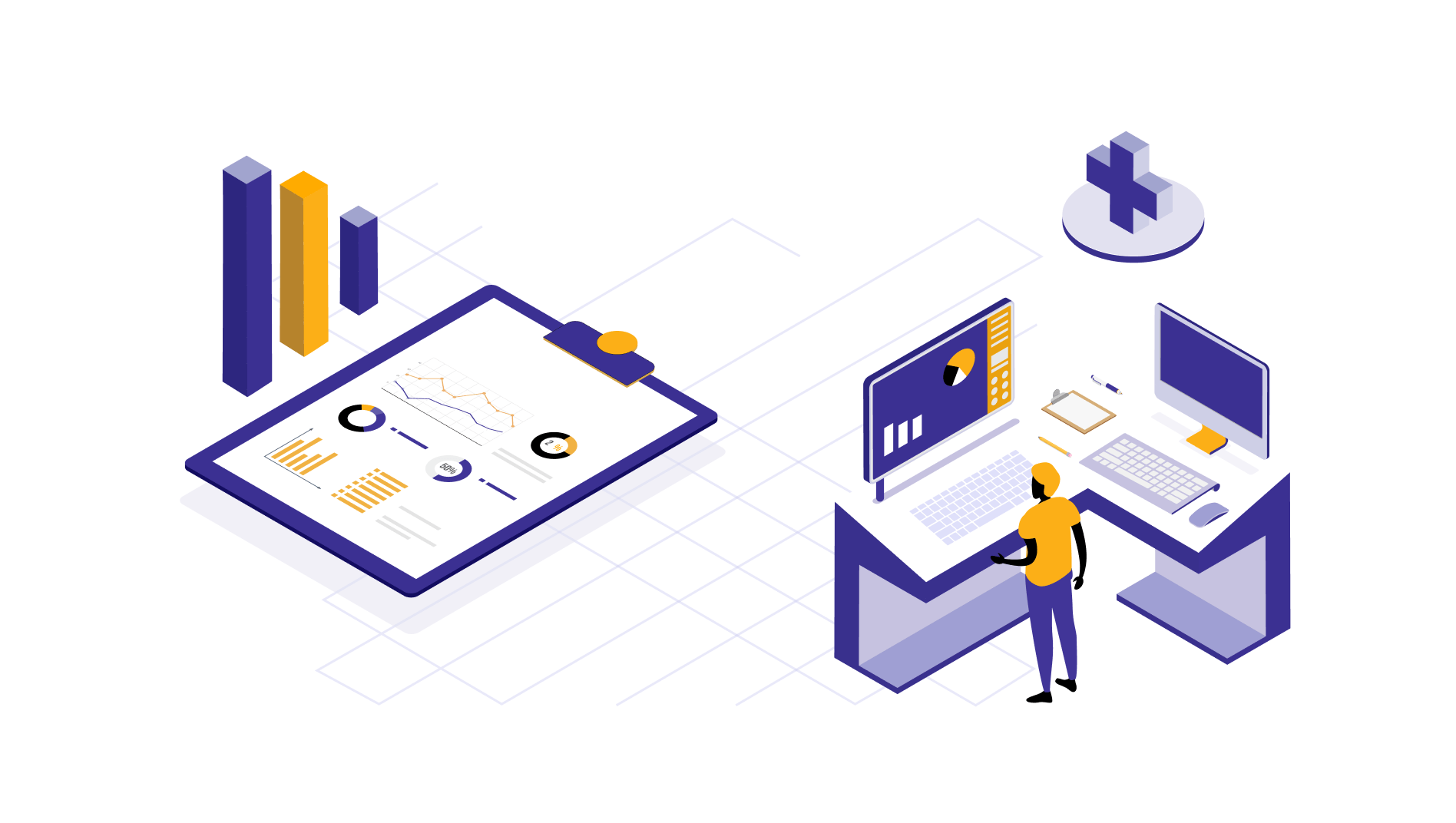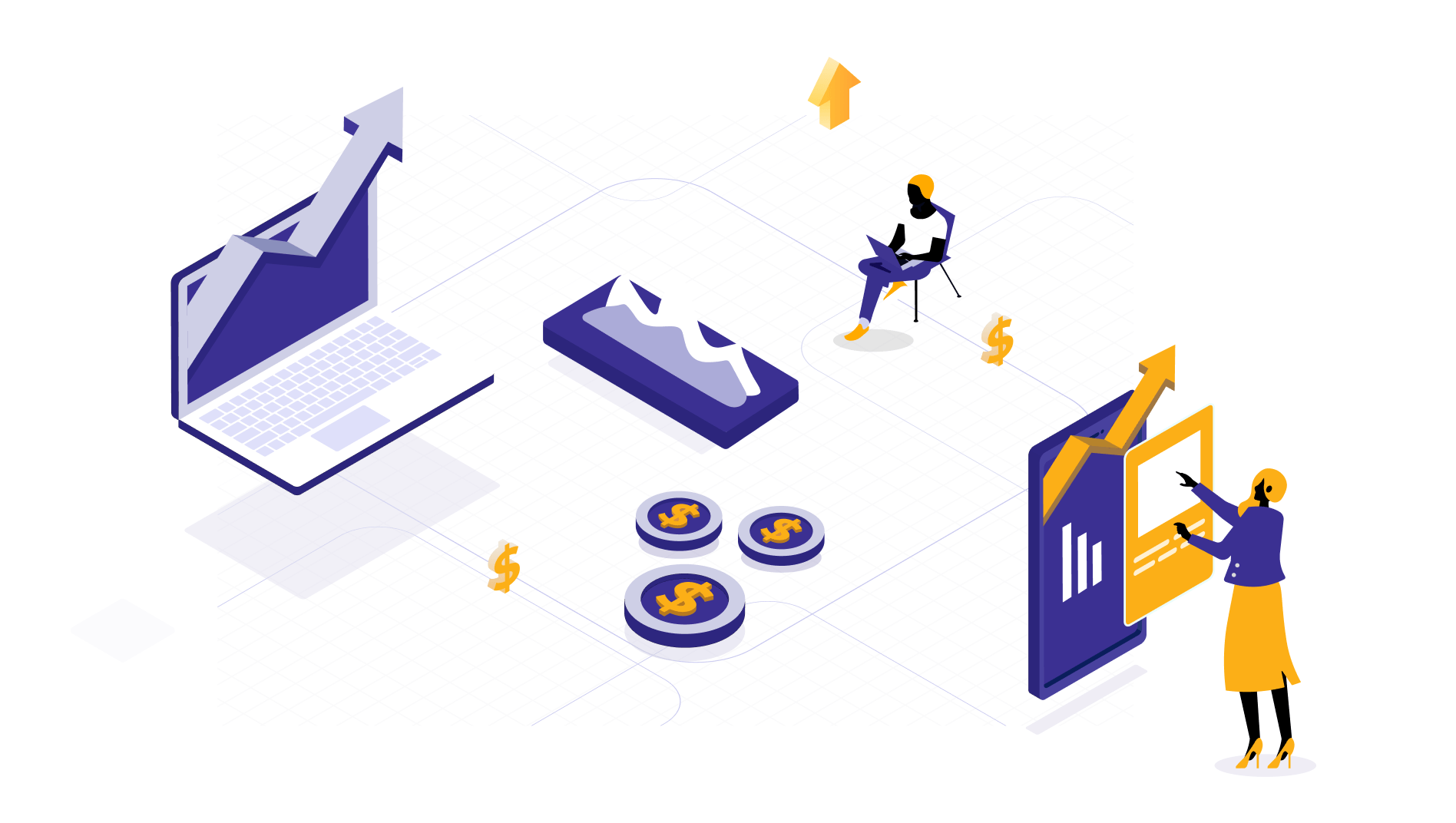AI in healthcare: Use cases and examples
The healthcare industry holds abundant data. How can they put this data to good use and AI and machine learning to improve their processes? What are the recent advancements in the healthcare industry with the recent evolvements of AI.

Thulasi
Aug 20, 2025 |
8 mins

AI use cases in healthcare
AI can benefit many healthcare professionals from research analysts to data entry specialists to radiography technicians, considerably reducing the time and effort spent on data analysis. Some successful AI use cases in healthcare are as follows.
1. Drug discovery
Drug discovery is a tedious process that typically takes years or even decades but has only 10 to 20% success rates. AI reduces complexities around this process, spurring the entire development process and ensuring triage success.
AI can sift through millions of patient molecular data and known drug targets to identify potential receptors, enzymes, protein, or nucleic acids connected to a respective disease. By quickly identifying the drug targets, you could create a drug that could bind and interact with it.
One example of this AI-powered drug discovery is Peptilogics, which is a peptide-based platform that helps with predicting peptides based on the protein’s molecular structure.
Also AI could be involved to study the patient data with a history of specific diseases to predict underlying genes that are involved in drug target studies.
Drug discovery and research involves going through thousands of research papers and documents everyday.
You can simplify it with applications like IBM Watson Discovery, a large language model with NLP capabilities, to scan all of them and derive in-depth insights. The process could even highlight potential drug targets, drug interactions out of research documents, medical images, and other healthcare data.
2. Medical imaging
Good times for radiologists as the AI & deep learning integration has become a boon for them. It makes their life simple, offering hindsights on medical observations from medical images and documents.
These AI-based detection systems are pre-trained with thousands of labeled images of normal vs. affected organs.
For example, AI could identify a potential cancerous growth in a medical image that the radiologist might miss. Such early diagnosis could benefit all and become life-saving for the patient.
Besides, AI-based systems could quantify the pathology accurately, aiding medical professionals to select and provide the right treatment.
Think of an AI-based medical imaging system as someone providing a second opinion, going through X-rays, MRI scans, or other medical imaging.
It also helps technicians in radiology to understand the imaging better by segmenting it as organs, tissues, lesions, etc.
One example would be Google Health that’s proven effective in mammograms, a test that identifies breast cancer in women. It has been found to outperform radiologists and reduce their workload by 88%.
Learn more: What is decision making in AI?
3. Chatbots
Chatbots are saviors for healthcare institutions which can answer their first-level questions. It could be also used to set up appointment reminders and receive confirmations. Imagine the number of times you googled a symptom only to see answers about life-threatening diseases?! But it’s equally impossible to reach out to a doctor for minuscule queries. A healthcare support chatbot could be a mediator here. You could share screenshots, respond to programmed questions, and get med-approved answers and the next steps.
Another welcoming healthcare AI use case is mental health support bots like Woebot. Although nothing beats human empathy and care, these prescriptive chatbots still make a difference, providing reassurance and support.
AI can also help you with administrative tasks now. It’s a relief for patient caretakers who get virtual guidance on form fillings, insurance claims, and other due diligence.
Still not convinced how chatbots could be beneficial for the healthcare industry?
Ability to handle queries in multiple languages.
Can be available 24/7
Can be trained to answer both general and specific questions.
Useful before, during, and after the treatment and patient care.
4. Remote healthcare facilities
With AI, healthcare could be taken to a whole new level, even for patients in the middle of nowhere. Without moving out of their house, they could receive prescriptions, treatment, and medical advice without any delay. This is made possible due to the real-time data sharing between the patient and the healthcare professional.
With the help of wearable devices like Apple watches, a healthcare practitioner could track a patient. These devices can track heart rate, BP, pulse, or any other parameter required. Any spike or alarming health condition could alert the hospital crew to attend to the patient. Combining this with chatbots, they could connect with patients easily, engaging them on the right path. Since the interactions are documented, follow-ups become pain free for everyone involved.
Remote healthcare not only helps patients receive on-time care without leaving their home. It also reduces burn out for medical professionals and helps hospitals manage any surge of patients.
One example for AI virtual healthcare assistants is Molly, Sensely's virtual healthcare assistant. It interacts with patients, gets inputs on symptoms, conducts medical assessments, shares self-care tips, and more.
5. Disease diagnosis
We have already seen how AI is revolutionizing medical imaging and helps with early diagnosis. Its capabilities go beyond that. Pattern finding and analysis, for one, can go over past and real-time medical data to share possible diagnosis a patient should go through.
Particularly, AI has been found helpful with studying genomic data and being aware of hereditary diseases. Understanding how diseases interact with genes, one can predict the likelihood of a person inheriting a disease. Genomics is indeed a complex field to comprehend for humans, making the AI model building process more intense. However, there are healthcare AI products like deep genomics cracking this area with the help of deep learning.
Another milestone for the healthcare industry is the usage of AI for disease spread prediction. With the public health data, government organizations could predict the spread, development of symptoms, mortality rate, and more—all in advance. In fact, many local bodies and NGOs used ML and AI models to predict Covid- 19 spread, some even before the world was introduced to the term. Example: Bluedot, a disease intelligence company, spotted a spike in pneumonia-like disease spreading around Wuhan, days before WHO released their public statement.
6. Predictive analytics
The above Covid- 19 spread prediction is a great example of how AI predictive analytics work. Similarly, AI could be used for predicting how symptoms progress in a patient’s body and what are next stages. Something that can be crucial in intense diseases like Cancer. Using the machine’s outcome, professionals could chart the treatment plan ahead. Though medical professionals tend to give this use case a benefit of doubt, it can still be a personal advisor which offers reliable information to make fast decisions.
Predictive analytics in healthcare is also applicable for the hospital management to align patients’ surge with doctors’ schedule and room demands. How? By predicting the number of in-patients, admissions, critical care requirements, etc., using the historical data.
Learn more: AI in manufacturing
7. Workflow automation
Hospital management becomes tougher even with smart SaaS applications. Mediciners and support teams are burdened with paperwork and administrative tasks. AI could simplify this and automate anything that’s repetitive. For example, doctors and medical personnel could have a speech-to-text device that transcripts what they say into notes and sync with other platforms for reference.
Or, integrating chatbots and virtual assistants to help patients manage appointments, reminders, cancellation, or prescriptions.
Another boring task that AI could ease is claims submission and processing. With interactive systems, customers can fill forms easily and reduce errors and reworks. Whereas, healthcare institutions could ensure compliance adherence through automated data verification. Applications like DocuSign have already incorporated AI, automating workflows and digitizing document management for organizations.
8. Personalized treatment
Personalized medicine denotes individualizing treatment based on patients’ history, health conditions, preferences, drug reactions, etc. With healthcare AI systems like IBM Watson health, it is possible to curate treatment plans that suit a person and their current condition. And this applies to both chronic conditions, lifestyle diseases, or basic treatments.
A few years ago, personalized treatment was cumbersome due to the amount of effort and data involved. Try visualizing a medical care professional going through an array of data points, scan images, and other medical data to extract suitable inferences applicable for a patient. The whole effort pares down as AI does the heavy lifting, helping the personnel get an in-depth view of their patients and find effective treatments.
The significant advancements in wearables also contribute to accurate data generation. Add to that, the peak in the number of AI-based healthcare intelligence systems like Deepmind AI with heavy processing capabilities.
It’s safe to say that AI-based systems would help everyone get better care, despite the demand scaling.
Learn more: AI use cases in sports
Conclusion
But remember, AI use cases are only as good as the data being provided.
AI definitely has the potential to create breakthroughs in the lifesaving sector. But developing and deploying a solution alone cannot make the difference you expect. It’s much more important to consider the following points.
Industrial regulations and safe data usage.
Presence of the right historical data.
Explainable AI where technicians, medical professionals, and even patients could understand how the AI system drives an insight.
Right infrastructure to handle a massive amount of data.
Viability and business possibilities of the chosen use case.
Training staff to handle and read outputs of the AI systems.
Keep in mind that you try reducing professionals’ burden, and not make them analyze tons of data points only to the point of confusion.
The right approach would be to analyze the need where AI could help, check technical feasibility, and get it started off the ground. If you are planning to build an AI and business strategy or outsource the task to an adept AI team, you could reach out to us for a free introductory call.

by Thulasi
A senior data scientist, head of the data science team, and IIT alumni – Thulasi enjoys working around machine learning models - ‘using historical pattern, customer needs, right amount of ML masala and inspiration to deliver a delicious ’meal’, as he calls it.


